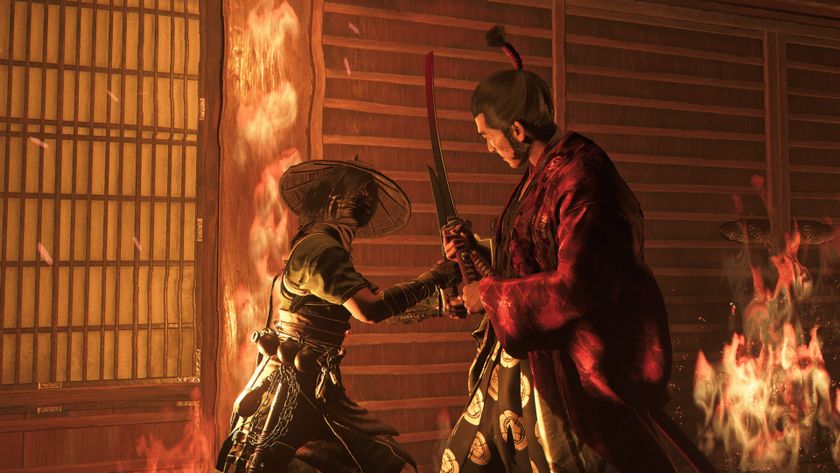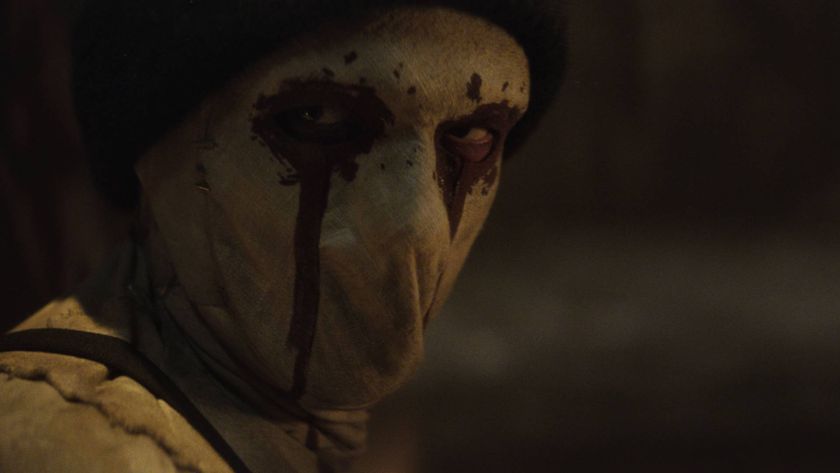Why Batman: Arkham City is one of the greatest games ever made
A particularly dark night for the Dark Knight
It’s there when a suddenly vulnerable Bruce Wayne fights for his life through the deadly horror-circus of the eponymous facility’s processing area, without the assistance of his winged other self to fall back on. It’s there when the Mad Hatter sends Batman’s mind spiralling down the rabbit hole to Hell, matching his physical degradation with a mental assault made of equal parts fear and hope, which is mirrored in the gameplay by one of the most sustained, disorienting and attritional fights in the game.
It’s there in the perfectly judged face-off against Mr. Freeze, the villain’s terrifying, unstoppable, Terminator-like countenance merely the shell around a forever-vulnerable broken heart. It’s there in the backstory of insult and injury behind The Joker and The Penguin’s feud. It’s there in the glass bottle stoved into Cobblepot’s face by way of a permanent monocle.
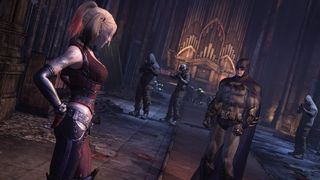
And most of all it’s there in the delicately drawn relationship between Batman and The Joker. With the running time to really explore it, Arkham City uses its central MacGuffin of Batman’s poisoning to get under the skin of the pair’s dysfunctional best friend undercurrent more obliquely than usual, taking in poignant realisations for both and culminating in one of the most powerfully understated game endings of recent years. Not to mention one of the most affecting choices of end-credits music we’ve heard all generation.
That consistency of tone and aesthetic is carried right on through every element of the game’s design. Taking the unfashionable but utterly correct decision to prioritise fidelity over scale, Rocksteady crafted a rare open-world with the intricate, authored design of a linear action game.
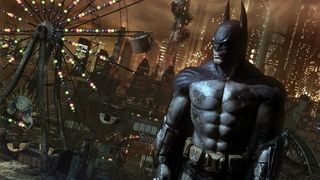
Unlike in most freely roamable video game cities, every location in Arkham really matters, whether by way of thematic characterisation, unique landmarking, or the creation of a satisfying framework within which Batman’s endlessly explorable ‘flight’ mechanics can excel. It’s a testament to both that system’s design and the structure of the playground it’s let loose in that grapnel-boosting flight is the only core gameplay element added to a sequel that feels utterly fresh and new from start to finish.
Of course the overall sense of an atypically authored structure is helped by the fact that the city itself functions as a hub for self-contained ‘proper’ levels. But with every street and rooftop designed to matter in both form and function, the transition between the game’s two elements is seamless.
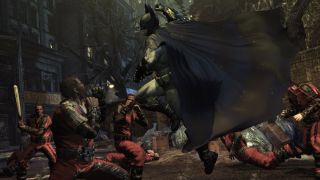
In fact seamlessness is what Arkham City is all about, right down to the design of its side missions. Traditionally this is where open-world games’ illusions of reality fall foul to the blight of ‘gaminess’, of the clear division in weighting between campaign content and lightweight filler. But by again concentrating on detailed quality over bloated quantity, Arkham City suffers no such stress-fracturing of its fourth wall.
Sign up to the 12DOVE Newsletter
Weekly digests, tales from the communities you love, and more
Every one of the nine side-missions is unique enough of structure and meaty enough of content as to blend imperceptibly as part of the main campaign. The cumulative effect of both sides weaves a work which in the end feels not like a video game made of constituent levels, quests, objectives and arenas, but rather like a very real snapshot of what it’s like to be Batman on one very big, very very bad night in Gotham.
And if you get that right, whatever the medium you’re working in, then you have one of the very best things around.
Why _____ is one of the greatest games ever made" is a weekly feature that goes through GamesRadar's list of the 100 best games of all time and highlights different titles, explaining why they're on the list, what makes them so amazing, and why we love them so much.


